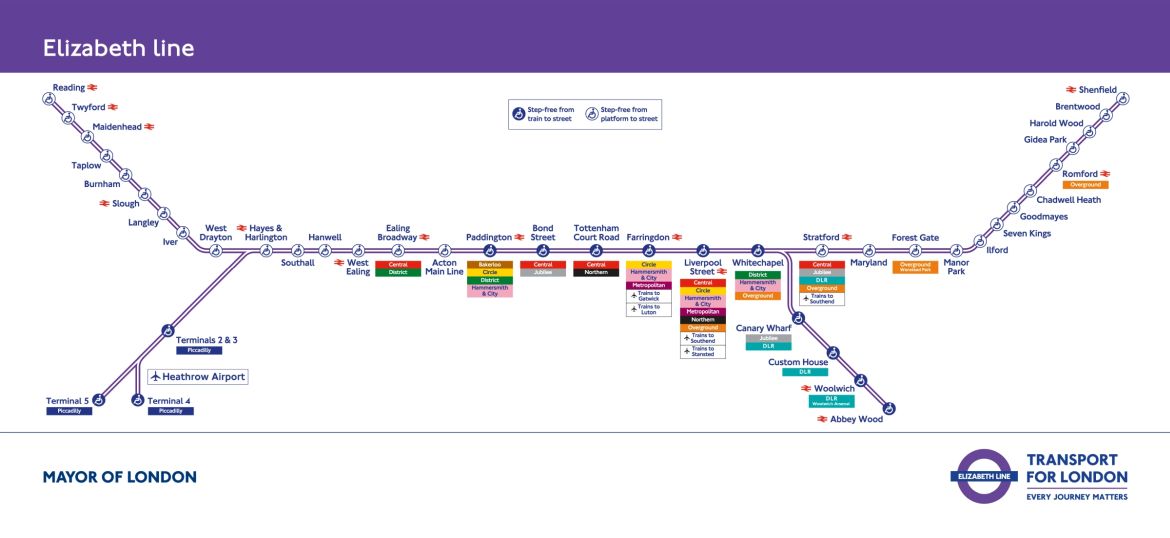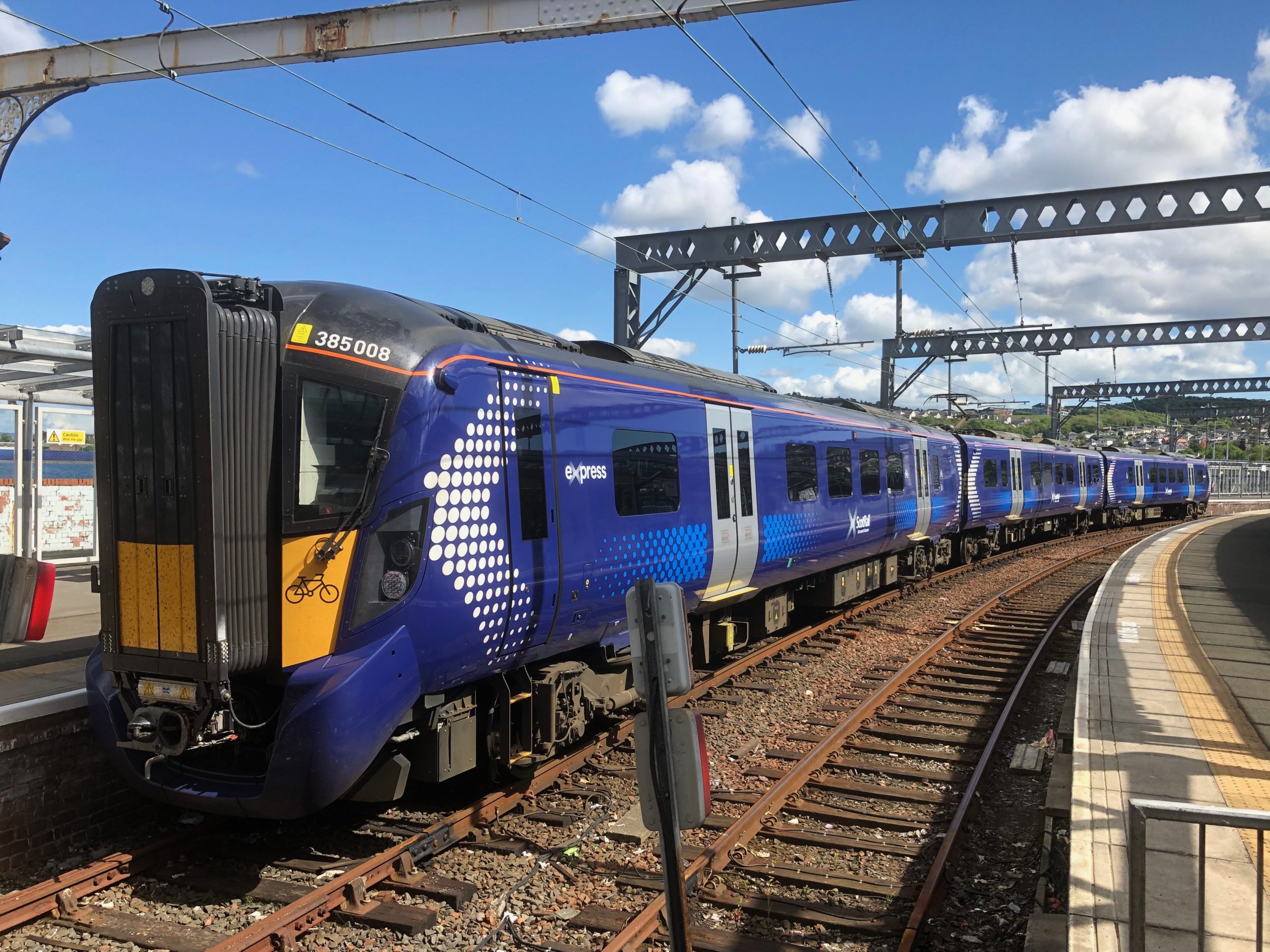
Introduction
The Elizabeth Line, officially opened on May 24, 2022, is a transformative addition to London’s transportation system. This railway line, named after Queen Elizabeth II, significantly enhances connectivity across the capital, linking central London to suburban areas and beyond. The importance of the Elizabeth Line lies not only in its capacity to ease congestion but also in its potential to promote economic growth and improve accessibility for millions of commuters.
A Glimpse into the Elizabeth Line
Spanning a total length of 60 miles, the Elizabeth Line runs from Reading and Heathrow in the west, through the heart of London, to Abbey Wood and Shenfield in the east. This marks a monumental development in the UK rail network, as it integrates multiple existing lines and offers new services. The line boasts 41 stations, 10 of which have been newly constructed or significantly refurbished, enhancing the travel experience with modern facilities.
Recent Developments and Events
Since its launch, the Elizabeth Line has been met with considerable praise from users and transport analysts alike. According to Transport for London (TfL), early ridership figures indicated that the line had exceeded expectations, with over 140,000 passengers using it on the first day alone, highlighting a strong demand for improved travel options.
As of October 2023, the line continues to serve as a vital artery for Londoners, facilitating smoother commutes and providing quick access to the city’s key business districts, including Canary Wharf and the City of London. An ongoing emphasis on ensuring reliability and punctuality is crucial as the service expands and adapts to an increasing number of passengers.
Conclusion
The Elizabeth Line represents a significant shift in how Londoners traverse their city. By effectively connecting disparate regions, it drives not only commuter convenience but also supports local economies and encourages sustainable travel options in the face of climate change. In a post-pandemic world, the emphasis on efficient public transport systems such as the Elizabeth Line is more critical than ever, predicting a continued rise in usage as its benefits become increasingly recognised. As London’s transport infrastructure evolves, the Elizabeth Line will remain a cornerstone of urban mobility and development.
You may also like

Leeds Train Station: A Key Transport Hub in the UK

The Importance of ScotRail in Scotland’s Transport Network
